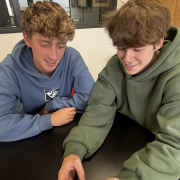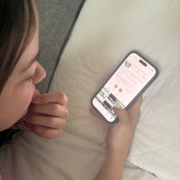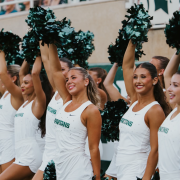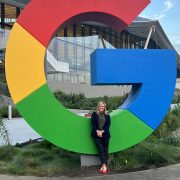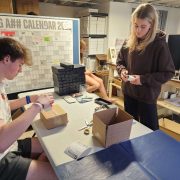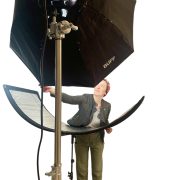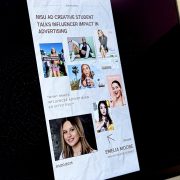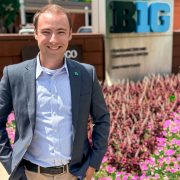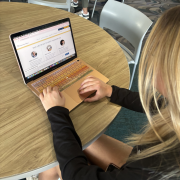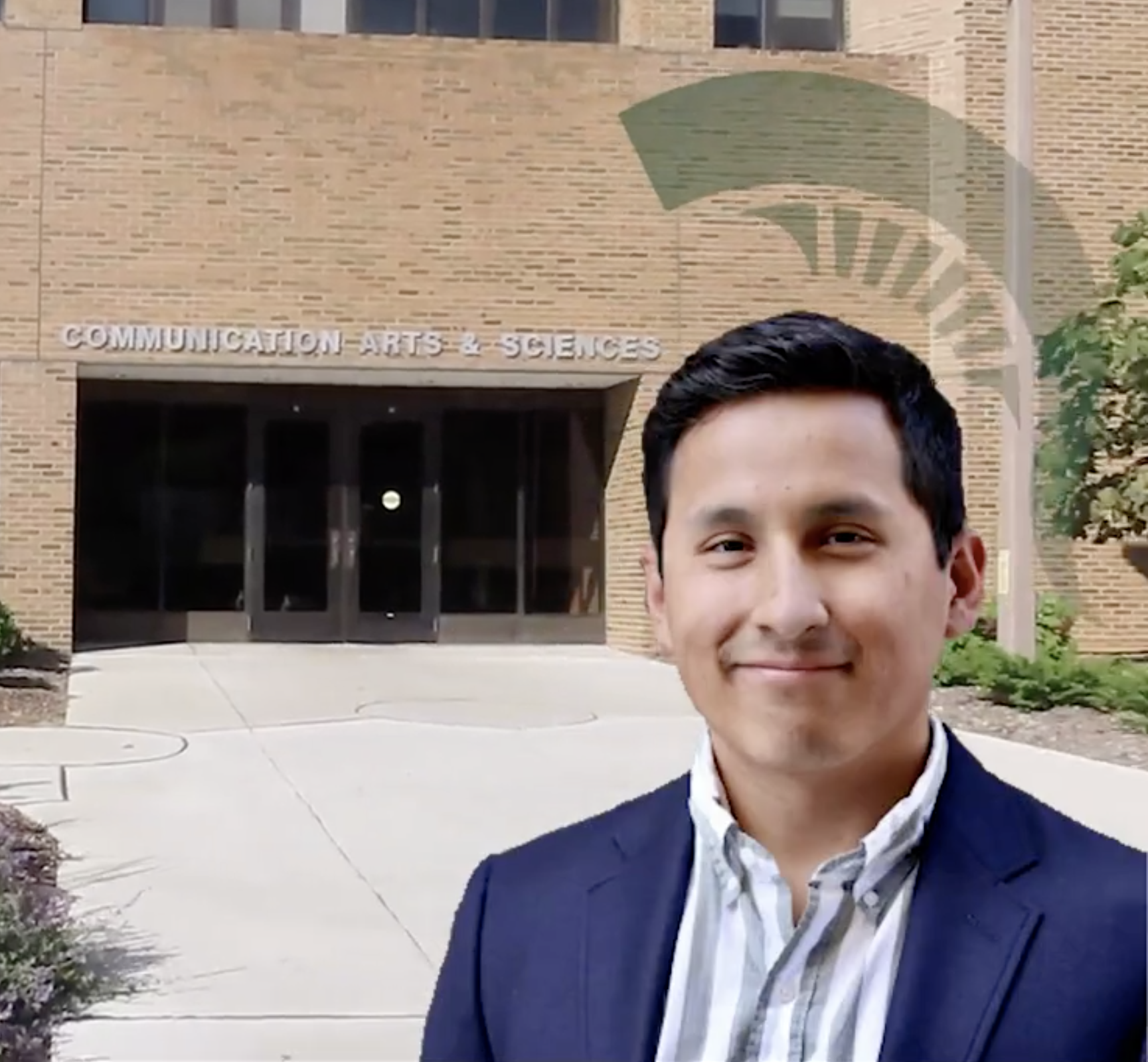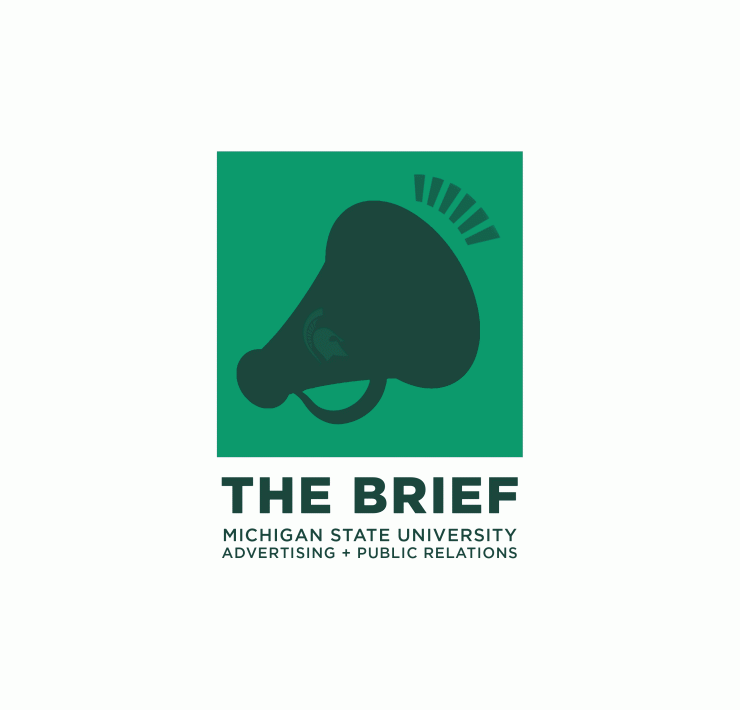AD+PR Assistant Professor Collaborates with GBH to Study Inclusive Children’s Media
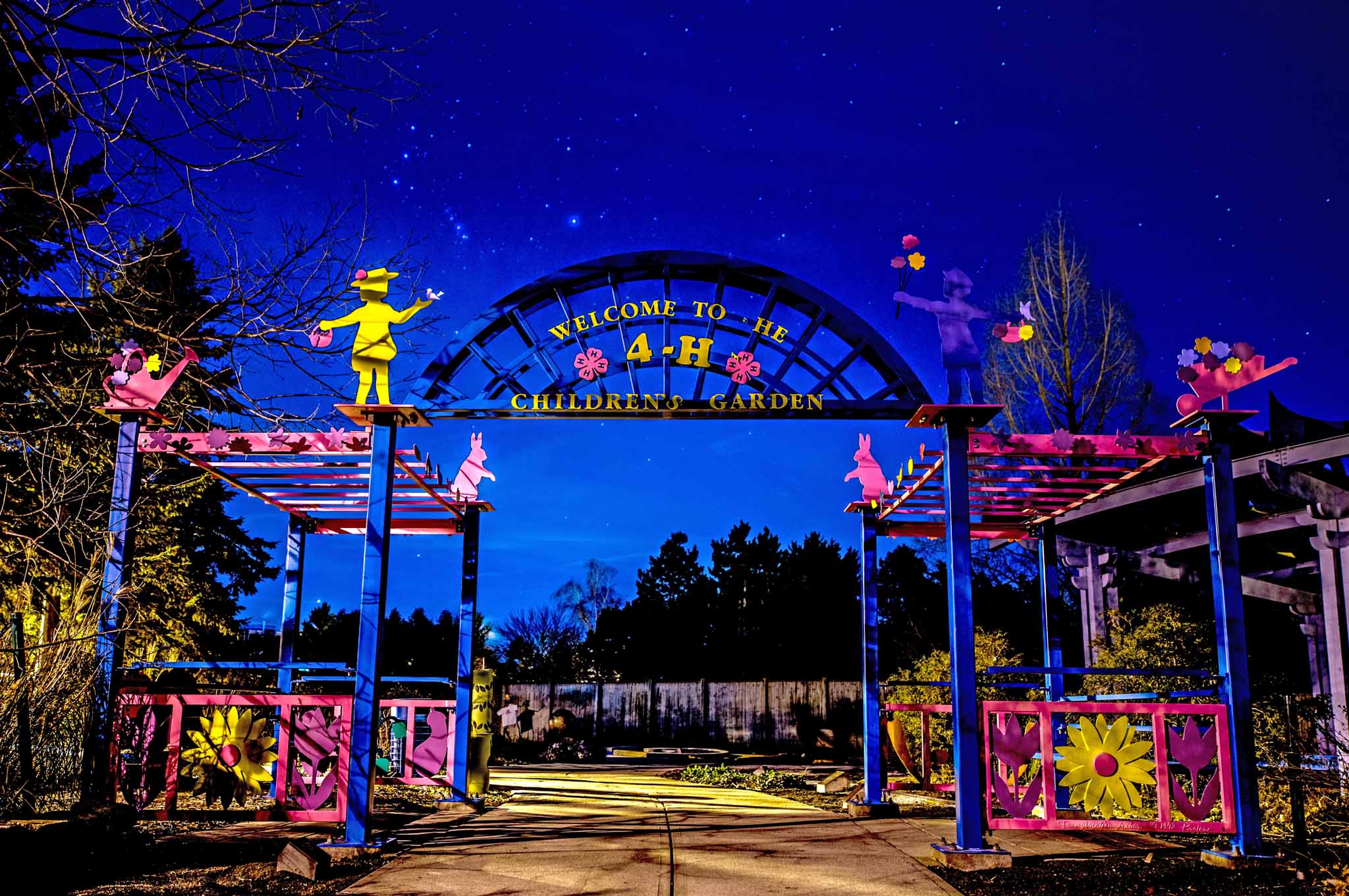
By: Jocelyn Bellhorn
Children’s Garden Photo Credit: Michigan State University
Fashina Aladé is an assistant professor at MSU’s Department of Advertising + Public Relations, studying effects of media on children, guided by developmental psychology and early childhood education. She was awarded a GBH Educational Foundation Grant to fund research into a new PBS children’s show coming out in 2023, Work it Out Wombats! GBH is a Boston public media organization that produces content for children’s media and education, such as Arthur and Curious George.
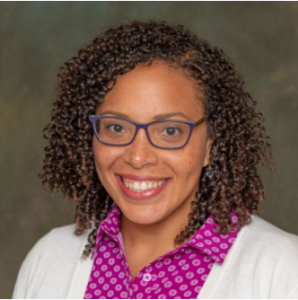
What is the research for this show?
Aladé’s research is split between two parts: production studies and family studies. The production studies half includes interviewing the producers, animators and writers of the show at three separate times: the beginning of the show creation, midway through the production and after the show is aired. She says the first interviews have been completed, and she and her team are now preparing for the second round.
The family studies focus on audience perception. According to Aladé, PBS works hard to reach a diverse audience. These interviews target families with diverse backgrounds to gain broad perspectives on the intended goal to foster inclusivity in children’s media. They watch two segments of episodes from Work It Out Wombats! and are interviewed afterward. These interviews include questions like:
“Do you feel like your family’s background, culture and values were represented in that story you watched?
and
Do you feel like other families with a different background from you were represented or reflected in the show?”
Her team recently finished conducting the interviews, and are just now beginning to analyze the data..
What’s the purpose?
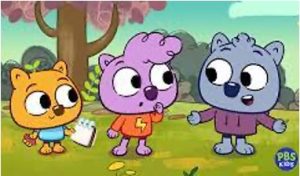
When asked about the partnership, Aladé says she is most excited at the speed and willingness at which the show’s creators are directly incorporating her research findings into the first season’s development. For example, Aladé and her team’s findings from the production study are currently being used to nimbly improve the show’s themes of inclusivity.
“The beauty of doing this research in partnership with the creators of the show is they are directly taking our findings and incorporating them into how they are running things,” said Aladé.
More representation of gender and race is shown in children’s programming, according to Aladé. She says her goal with this is to make a lasting and positive impact on children viewers of this and future shows.
What’s her motivation?
Aladé is motivated to push for more STEM: Science, Technology, Engineering and Math programming, and for more women and diverse representation. Kids’ stations have many more recent shows designed for problem-solving in math and science or other STEM skills. She says she ultimately wants to influence modeling the behavior in STEM engagement, and that because media can be influential, she supports diverse backgrounds represented in STEM programs.
Bring it back to AD+PR.
STEM media for children is a new area, so Aladé works on content analyses to “see what representation looks like in STEM media for kids.”
This new field combines both AD+PR and STEM to create strategic inclusive resemblances for children. MSU AD+PR students can get creative in this new line of work in representation. Aladé says she seized this opportunity to study the impact of children’s media and encourages MSU’s AD+PR students to also explore what they love.
“Be curious,” said Aladé. “Wanting to understand how things work is a great place to think about where your career could go.”

